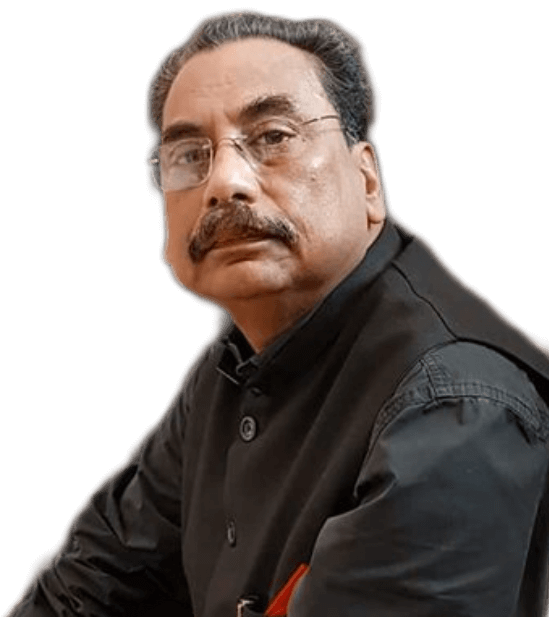Today is Rash Purnima.There is mention of Rash Yatra of Sri Sri Krishna in the Bhagavat Purana and in the Vishnu Purana. At Nabadwip, the Shaktas who are devotees of Shakti worship and the Saivas who are devotees of Siva become united with the Vaishnavas, the devotees of Vishnu. It is a full moon day when Shaktism ,Vaishanvism and Saivism come together. After all, Rash Mela is the samannay sadhan of different religions.
King Krishna Chandra Roy of Nadia is responsible for this Rash Yatra on Rash Purnima at Nabadwip. Here Hari and Hara, Kali and Krishna are the halves of each other. Various types of images are worshipped . One is that of KaliKrishna. KaliKrishna half female and half male is one of the featured idols of the Rash Purnima of Nabadwip. It indicates the coordination or Samanvay of the Shaktas and the Vaishanavas.
The Rash Lila was introduced in Nabadwip by Krishnanda Chandra and other opines that the later generation of Krishnanda ,Girish Chandra, introduced this Rash. Another opinion is in vogue that Vriguram who hailed from Dacca with his family is responsible for this Rash Yatra. He lived at Dearapara. Deara means the strand of the river. He setup a seat of Panchamundi at Dearapara and then the Court Pandit of Krishnanda Shankarnath Tarkobagish enshrined the Siva Linga and Goddes Kali. In 1752 to 1756 Aloknath (Siva) and Kali were worshipped on the day of Rash Purnima. Possibly it was the first Rash Yatra of Nabadwip. After 5-7 years of this Savasiva of Badrapara and Savasiva of Ampuliapara were worshipped. Hence it may be referred that Rash Yatra of Nabadwip was introduced in between 1752 – 1756.
One of the feature of the Rash Puja is after the completion of the worship by the Baroari it is taken to Poramatala with musical instruments and procession, it is called Navami.The next day that is on the Bisarjan day the idols pass through the town. The Procession ceremony was held with the Music of Sanai and the beating of Drums and various types of songs called Khemta and Kheur. Encircling with musical instruments and procession, it is called Arang.

